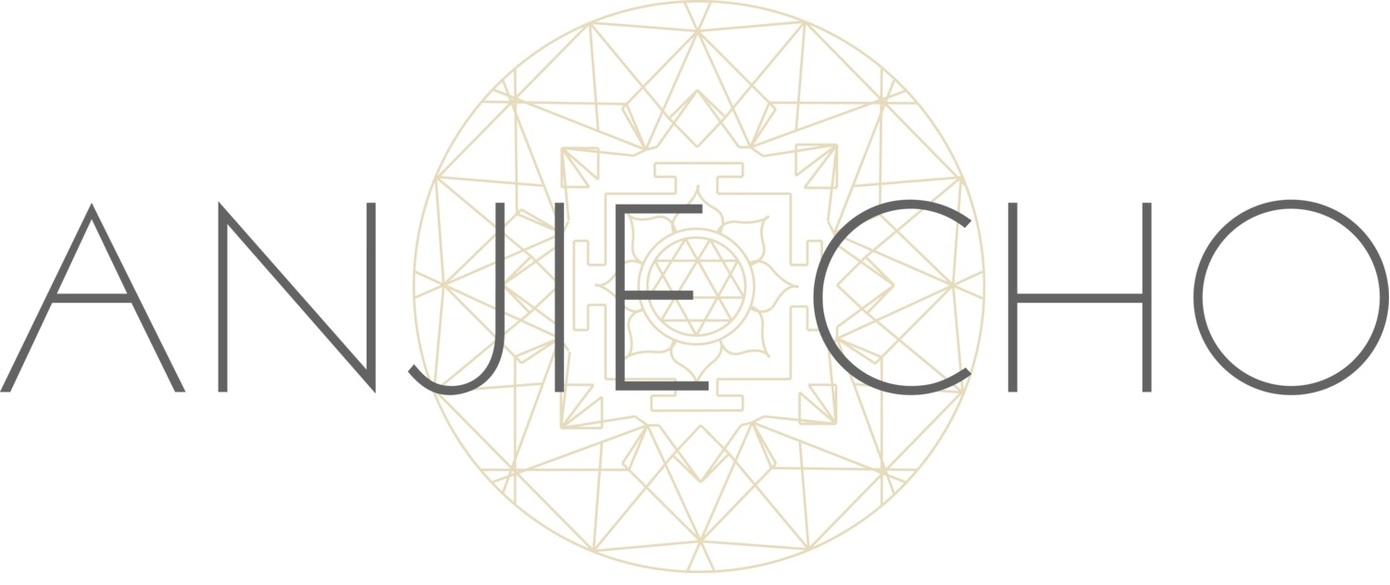Today is Garden Meditation Day. There may not be a holiday more in tune with the principles of feng shui, in that Garden Meditation Day appreciates the need for inner peace and mindfulness and cultivates an appreciation for nature, which we are directly a part of. In honor of the holiday, I'm happy to share my experience with a very similar practice known as kado.
In her book, Heaven and Earth Are Flowers: Reflections on Ikebana and Buddhism, Joan D Stamm writes: “to contemplate a flower, a natural mandala of vibrant color and perfect form, is to glimpse the face of the divine."
Last week I attended a Spring Kado retreat at a Shambhala center with Marcia Wang Shibata, a Master Shambhala Kado Instructor. Kado means “the way of flowers” and is a contemplative practice of flower arranging using classical ikebana forms.
I am in love with ikebana and Kado practice and use the offering of flowers as part of my meditative practice. This practice brings me so much joy, and I wish to offer to you, my readers, three remarkable things I learned last week from Marcia Shibata and the flowers.
Do not expect from a flower that which it cannot give.
In our first arrangement, we were given hosta leaves. This plant has full soft green leaves with delicate stems. I tried for several minutes to arrange my leaf exactly where I wanted it. I had this vision in my mind and I really wanted the hosta leaf to stay in this “perfect” spot. While sitting there frustrated with my hosta, I heard my neighbor grumble. When I peered in his direction, I couldn’t help but giggle. His hosta leaf also had a mind of its own. And although it’s not a flower, this hosta leaf taught me not to expect something from it which it cannot give.
Never compare yourself with others.
After my finishing my first arrangement, I got up and looked at the others in class. I suddenly felt uneasy and insecure. Mine looked busier than the others. Did I do it wrong? I started moving things around in my arrangement, but it still looked crowded. I really started to doubt myself. Marcia came by, and with hesitation I said, “Um, I think mine is too busier than everyone else’s”. Marcia looked at me directly and firmly said “NEVER compare yourself with others”.
Fragile things don’t open when traumatized.
There were some irises that were purchased for the class. None of the flowers had yet opened at time of purchase. We patiently waited a day or two, and some of them started to open up, showing off brilliant purple and yellow colors. Sadly, there were quite a few that never opened. The flowers remained tightly shut, with dried and shriveled tops. Marcia noted that they likely were traumatized during their travel to us in the US (probably from Holland). She reminded us that when traumatized, fragile things don’t open. It was truly a beautiful poetic statement. She also said that “like our hearts, each is flower is different, delicate and beautiful.”
In our modern worlds, we have sadly lost touch with some of our rituals and traditions such as feng shui and ikebana. Feng shui isn’t just moving furniture around. Ikebana isn’t just arranging flowers. They are both traditional contemplative practices that teach us how to live in harmony and in balance with ourselves and with the spaces we inhabit.
When you get the chance, spend a little time contemplating how things in your life are arranged. Are they too cluttered? To empty? What you surround yourself with matters immensely, so these practices are absolutely worth the time.












